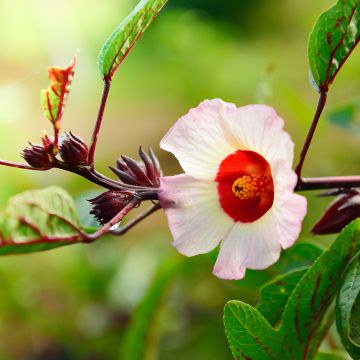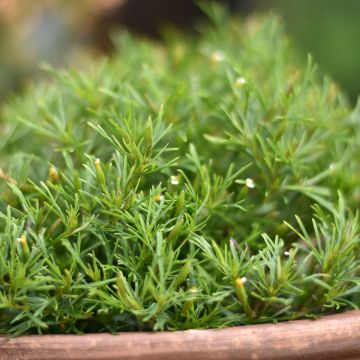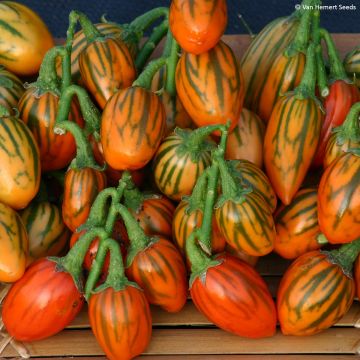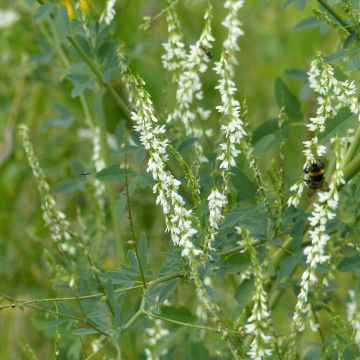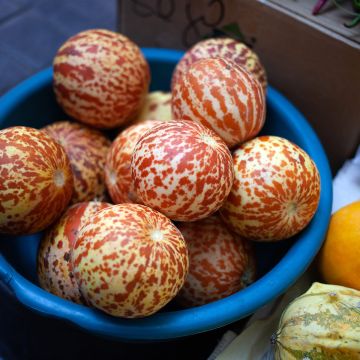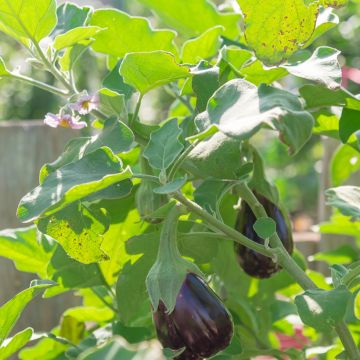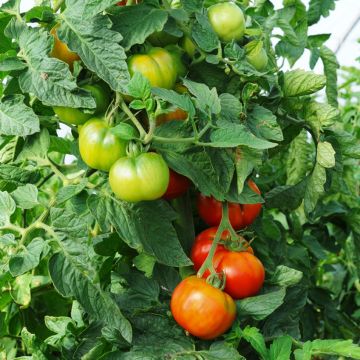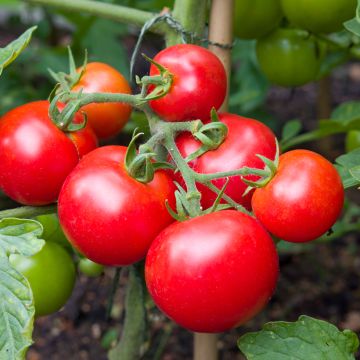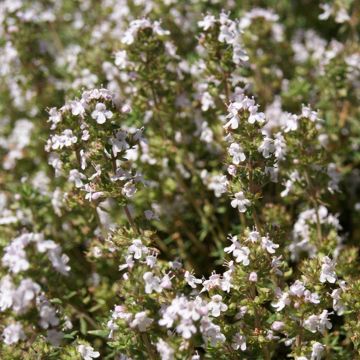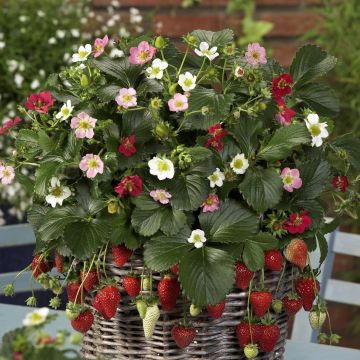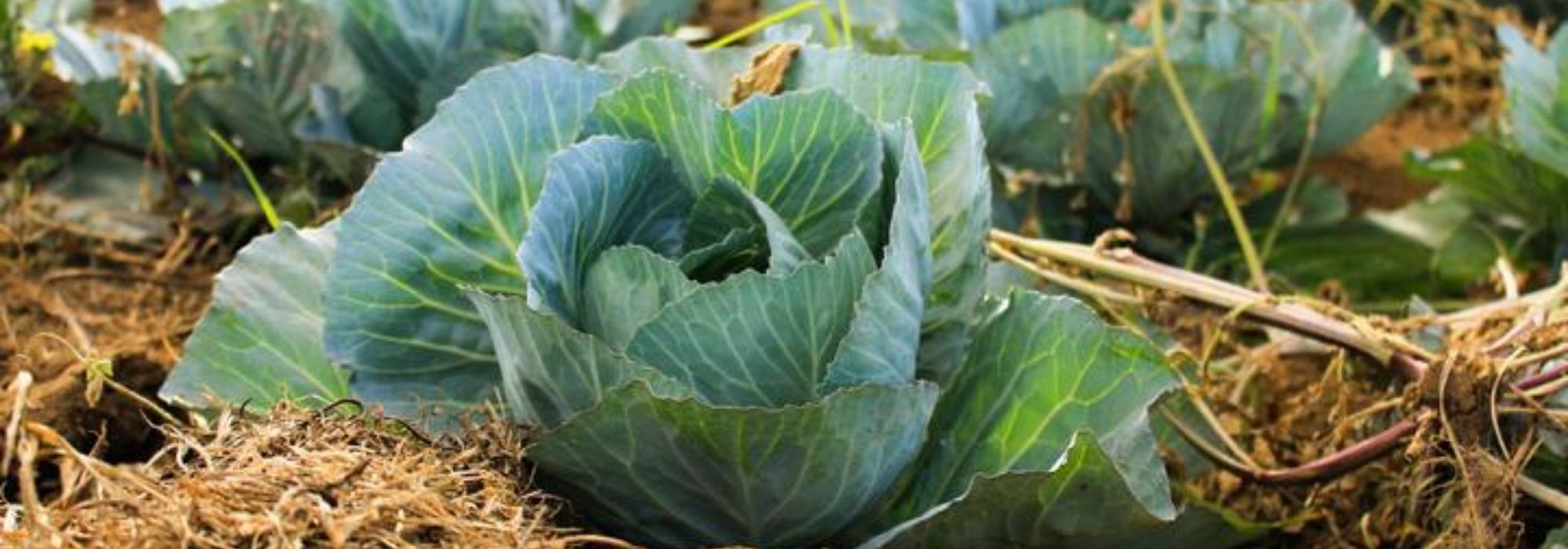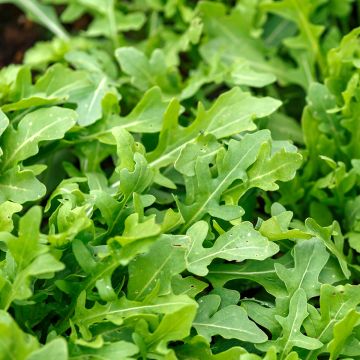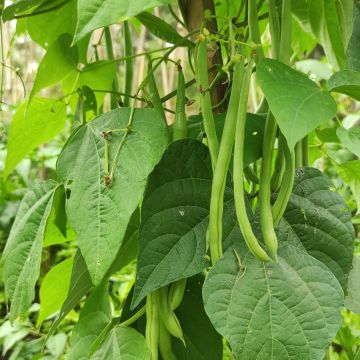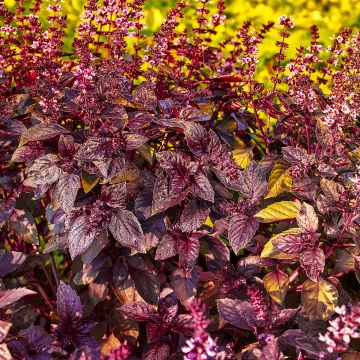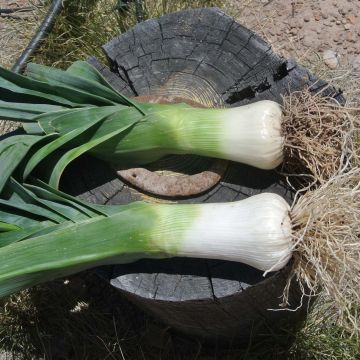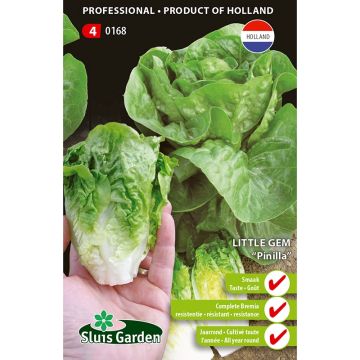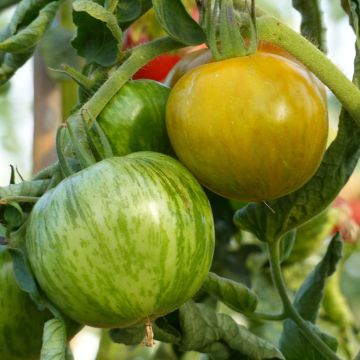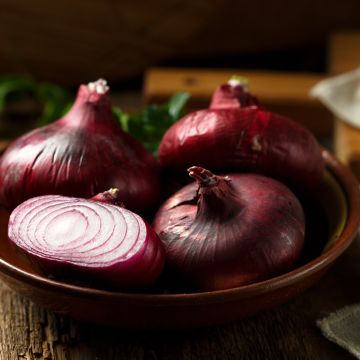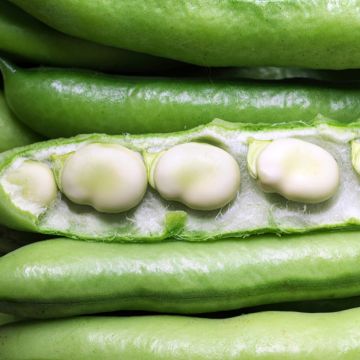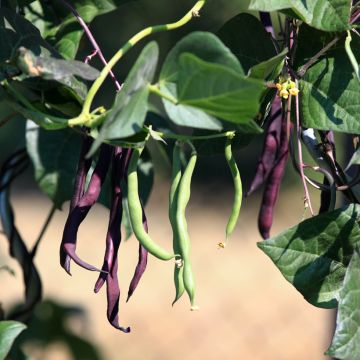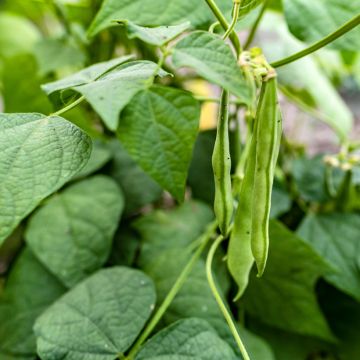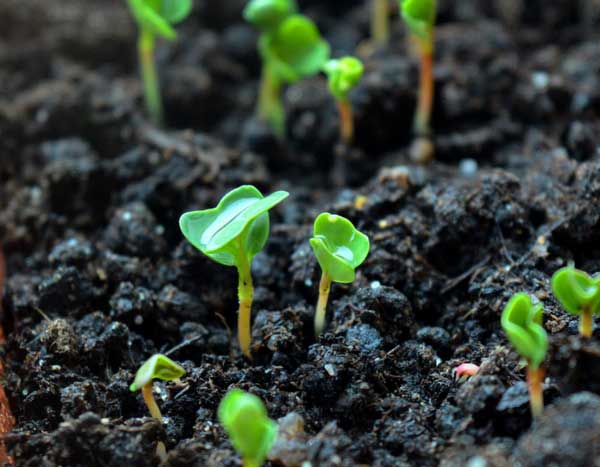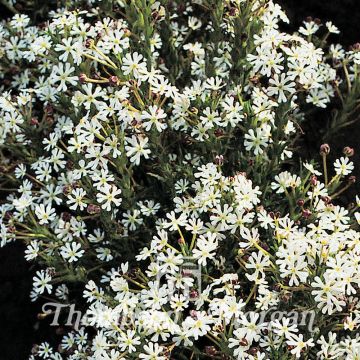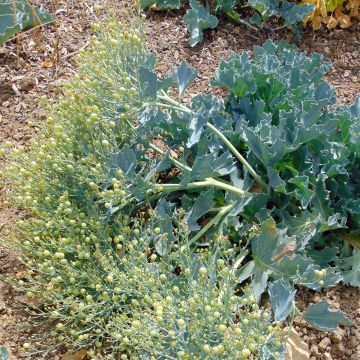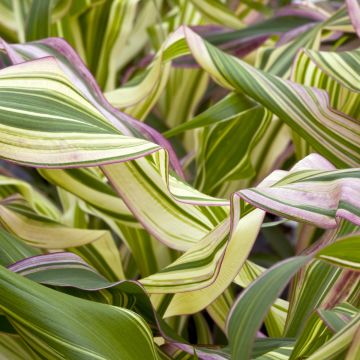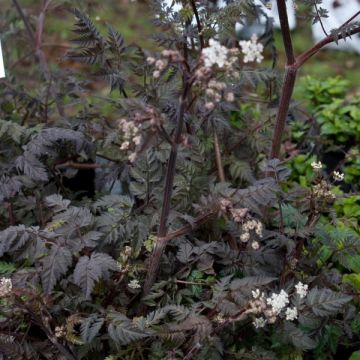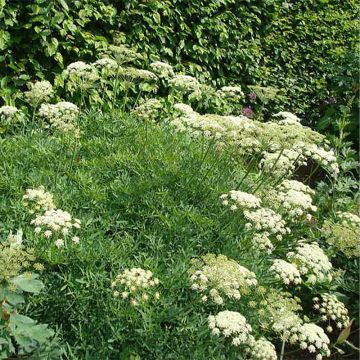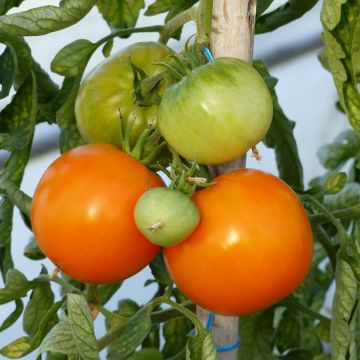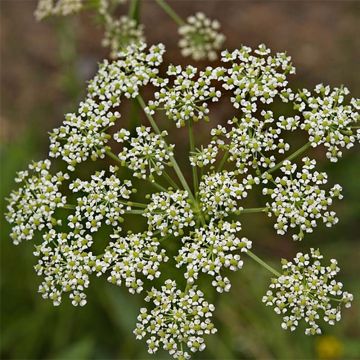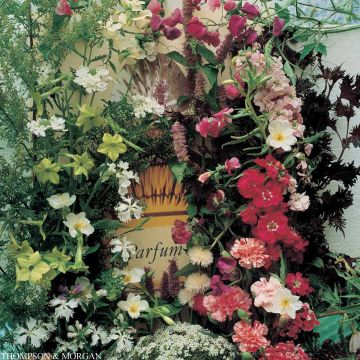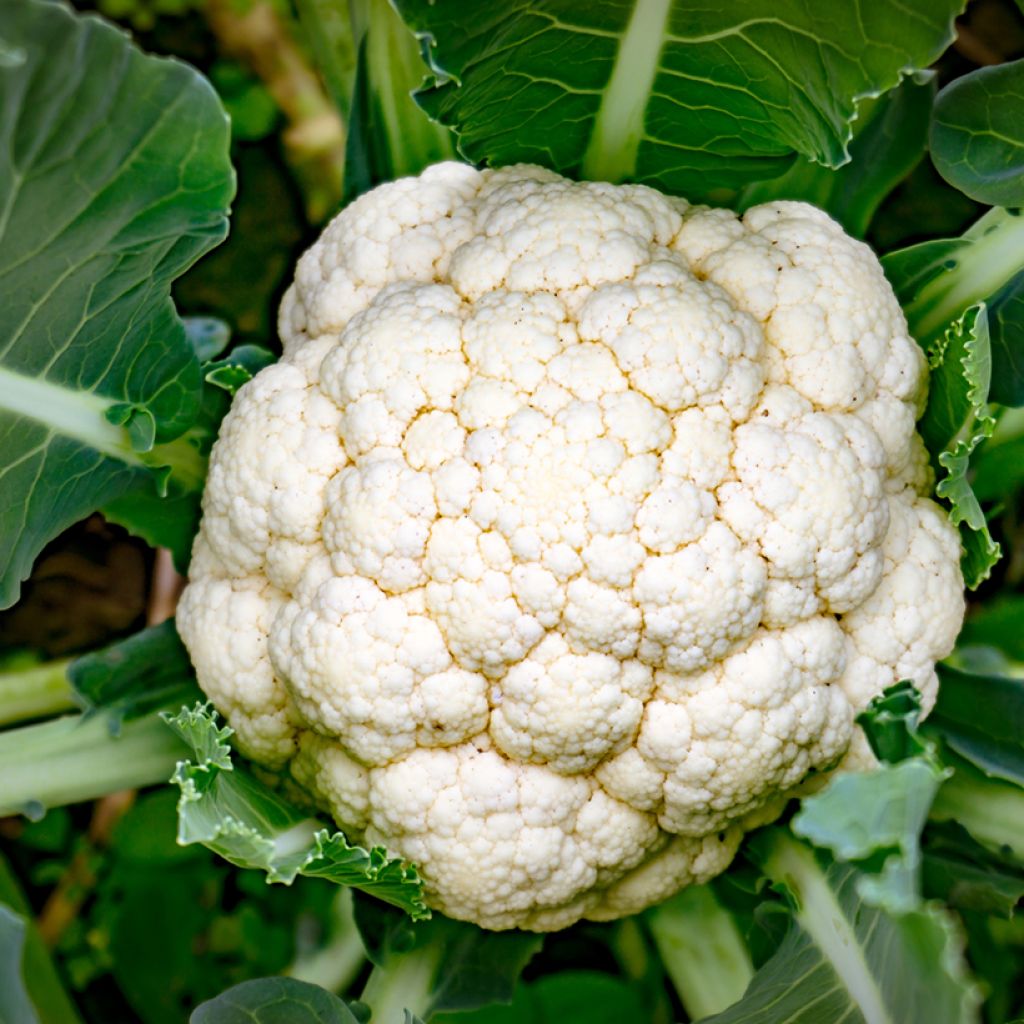

Early Snowball untreated Cauliflower - Ferme de Sainte Marthe seeds


Early Snowball untreated Cauliflower - Ferme de Sainte Marthe seeds
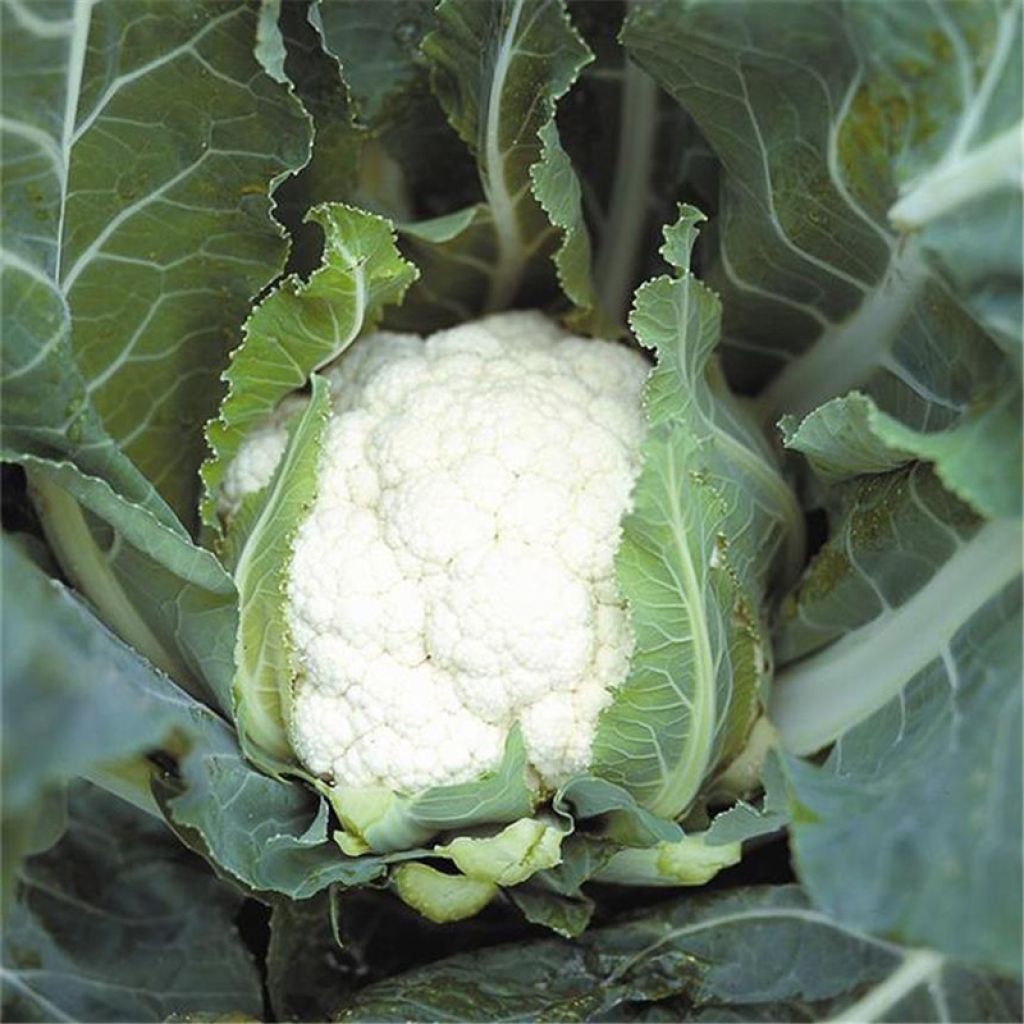

Early Snowball untreated Cauliflower - Ferme de Sainte Marthe seeds
Early Snowball untreated Cauliflower - Ferme de Sainte Marthe seeds
Brassica oleracea botrytis Early Snowball - Boule de Neige
Cauliflower
Special offer!
Receive a €20 voucher for any order over €90 (excluding delivery costs, credit notes, and plastic-free options)!
1- Add your favorite plants to your cart.
2- Once you have reached €90, confirm your order (you can even choose the delivery date!).
3- As soon as your order is shipped, you will receive an email containing your voucher code, valid for 3 months (90 days).
Your voucher is unique and can only be used once, for any order with a minimum value of €20, excluding delivery costs.
Can be combined with other current offers, non-divisible and non-refundable.
Why not try an alternative variety in stock?
View all →This plant carries a 6 months recovery warranty
More information
We guarantee the quality of our plants for a full growing cycle, and will replace at our expense any plant that fails to recover under normal climatic and planting conditions.
Description
The Early Snowball Cauliflower, also known as Brassica oleracea botrytis, is an autumn variety that forms heads of beautiful pure white. They are surrounded by beautiful green leaves. It should be consumed quickly as it does not store well. This cauliflower is sown from March to June for a harvest from September to December.
With its immaculate white and even, in recent years, joyfully yellow, orange or purple, the Cauliflower is a flowering vegetable whose fleshy meristem is consumed. It belongs to the large family of Brassicaceae (formerly Cruciferae) and bears the Latin name Brassica oleracea botrytis. Sometimes called Cyprus Cabbage, the Cauliflower is a biennial vegetable plant whose supposed origin is China.
Consumed for the first time in Germany only 300 years ago, this vegetable has earned a special place in our kitchens as it lends itself to many preparations. It can be eaten raw in salads or cooked, plain, in gratins with béchamel sauce, or accompanied by a curry sauce that complements its flavour very well. It is a low-calorie vegetable and rich in vitamin C.
There are many varieties of Cauliflowers, and each one has a distinct growing period that should be respected. By carefully choosing your seeds, you can have this vegetable all year round.
The Cauliflower is a demanding vegetable, requiring excellent basal fertilisation and regular moisture.
Harvest: The Cauliflower is harvested when the head is compact by simply cutting it at ground level.
Storage: Cauliflower does not store very well. It is best to consume it quickly after harvesting. It can be kept for a few days in the refrigerator. You can also freeze it after blanching it for 3 minutes in salted boiling water.
Gardener's tip: The main enemy of the cabbage is the Cabbage White Butterfly (Pieris brassicae), a pretty cream-white butterfly with small black spots that emerges in April-May and wreaks havoc throughout the summer by devouring its leaves. Installing an insect-proof net tightly on market garden arches can help prevent this. These nets are easy to install and reusable to protect, for example, your carrot and leek crops.
Non-treated or "NT" seeds come from plants grown conventionally (often with the use of pesticides), but they do not undergo any treatment after harvest. These seeds are allowed in organic market gardening when organic seeds are out of stock.
Harvest
Plant habit
Foliage
Botanical data
Brassica
oleracea
botrytis Early Snowball - Boule de Neige
Brassicaceae
Cauliflower
Cultivar or hybrid
Annual
Other Vegetable seeds from A to Z
View all →Planting and care
Sowing: The germination temperature of Early Snowball Cauliflower is around 12°C (53.6°F) and takes about 14 days.
It is sown from March to June for a harvest from September to December.
You can either directly sow the seeds in place or prepare seedlings that will later be planted in their final location in the garden.
Preparing seedlings: at home or in a heated shelter, from late autumn to late spring, or in a cold greenhouse or nursery for the rest of the year, sow the cauliflower seeds at a depth of 1 cm (0.5in) in a tray filled with good seed compost. Lightly cover with compost or vermiculite. Cover with the transparent lid of the tray or plastic film until germination. Don't forget to keep the substrate moist but not waterlogged!
When the young plants appear strong enough to handle, transplant them into pots and, for seedlings in heated shelter, gradually acclimatise them to cooler temperatures before transplanting them into the garden when there is no longer any risk of frost.
Direct sowing: In properly amended and finely worked soil, create furrows about one centimeter deep, spaced 60 cm (24in) apart. Sow the seeds and cover them with a thin layer of fine soil. When the seedlings are well developed, thin them out, keeping only one plant every 60 cm (24in) or so.
Cultivation
Cauliflower is a demanding vegetable that requires well-manured soil, rich in nitrogen and potassium. It is advisable to make a generous compost addition (about 3/4 kg per m2), by scratching the soil to a depth of 5 cm (2in), preferably in autumn, after loosening the soil as you would for any vegetable crop. It is not very tolerant of soil pH, which should be between 5.6 and 6.5. In acidic soil, it will be necessary to gradually raise this pH by adding calcium in the form of Lime.
Cauliflower, like all cabbages, is quite susceptible to diseases such as Clubroot and pests (Cabbage White Butterfly, Cabbage Fly, Flea Beetle, Onion Fly...), so it is very important, for this crop, to pay attention to crop rotation.
It is suitable for companion planting with many vegetables such as tomatoes and lettuce. However, avoid planting it near other Brassicas as well as zucchini, fennel, lamb's lettuce, leeks, and strawberries.
Seedlings
Care
Intended location
Planting & care advice
This item has not been reviewed yet - be the first to leave a review about it.
Similar products
Haven't found what you were looking for?
Hardiness is the lowest winter temperature a plant can endure without suffering serious damage or even dying. However, hardiness is affected by location (a sheltered area, such as a patio), protection (winter cover) and soil type (hardiness is improved by well-drained soil).

Photo Sharing Terms & Conditions
In order to encourage gardeners to interact and share their experiences, Promesse de fleurs offers various media enabling content to be uploaded onto its Site - in particular via the ‘Photo sharing’ module.
The User agrees to refrain from:
- Posting any content that is illegal, prejudicial, insulting, racist, inciteful to hatred, revisionist, contrary to public decency, that infringes on privacy or on the privacy rights of third parties, in particular the publicity rights of persons and goods, intellectual property rights, or the right to privacy.
- Submitting content on behalf of a third party;
- Impersonate the identity of a third party and/or publish any personal information about a third party;
In general, the User undertakes to refrain from any unethical behaviour.
All Content (in particular text, comments, files, images, photos, videos, creative works, etc.), which may be subject to property or intellectual property rights, image or other private rights, shall remain the property of the User, subject to the limited rights granted by the terms of the licence granted by Promesse de fleurs as stated below. Users are at liberty to publish or not to publish such Content on the Site, notably via the ‘Photo Sharing’ facility, and accept that this Content shall be made public and freely accessible, notably on the Internet.
Users further acknowledge, undertake to have ,and guarantee that they hold all necessary rights and permissions to publish such material on the Site, in particular with regard to the legislation in force pertaining to any privacy, property, intellectual property, image, or contractual rights, or rights of any other nature. By publishing such Content on the Site, Users acknowledge accepting full liability as publishers of the Content within the meaning of the law, and grant Promesse de fleurs, free of charge, an inclusive, worldwide licence for the said Content for the entire duration of its publication, including all reproduction, representation, up/downloading, displaying, performing, transmission, and storage rights.
Users also grant permission for their name to be linked to the Content and accept that this link may not always be made available.
By engaging in posting material, Users consent to their Content becoming automatically accessible on the Internet, in particular on other sites and/or blogs and/or web pages of the Promesse de fleurs site, including in particular social pages and the Promesse de fleurs catalogue.
Users may secure the removal of entrusted content free of charge by issuing a simple request via our contact form.
The flowering period indicated on our website applies to countries and regions located in USDA zone 8 (France, the United Kingdom, Ireland, the Netherlands, etc.)
It will vary according to where you live:
- In zones 9 to 10 (Italy, Spain, Greece, etc.), flowering will occur about 2 to 4 weeks earlier.
- In zones 6 to 7 (Germany, Poland, Slovenia, and lower mountainous regions), flowering will be delayed by 2 to 3 weeks.
- In zone 5 (Central Europe, Scandinavia), blooming will be delayed by 3 to 5 weeks.
In temperate climates, pruning of spring-flowering shrubs (forsythia, spireas, etc.) should be done just after flowering.
Pruning of summer-flowering shrubs (Indian Lilac, Perovskia, etc.) can be done in winter or spring.
In cold regions as well as with frost-sensitive plants, avoid pruning too early when severe frosts may still occur.
The planting period indicated on our website applies to countries and regions located in USDA zone 8 (France, United Kingdom, Ireland, Netherlands).
It will vary according to where you live:
- In Mediterranean zones (Marseille, Madrid, Milan, etc.), autumn and winter are the best planting periods.
- In continental zones (Strasbourg, Munich, Vienna, etc.), delay planting by 2 to 3 weeks in spring and bring it forward by 2 to 4 weeks in autumn.
- In mountainous regions (the Alps, Pyrenees, Carpathians, etc.), it is best to plant in late spring (May-June) or late summer (August-September).
The harvesting period indicated on our website applies to countries and regions in USDA zone 8 (France, England, Ireland, the Netherlands).
In colder areas (Scandinavia, Poland, Austria...) fruit and vegetable harvests are likely to be delayed by 3-4 weeks.
In warmer areas (Italy, Spain, Greece, etc.), harvesting will probably take place earlier, depending on weather conditions.
The sowing periods indicated on our website apply to countries and regions within USDA Zone 8 (France, UK, Ireland, Netherlands).
In colder areas (Scandinavia, Poland, Austria...), delay any outdoor sowing by 3-4 weeks, or sow under glass.
In warmer climes (Italy, Spain, Greece, etc.), bring outdoor sowing forward by a few weeks.






























